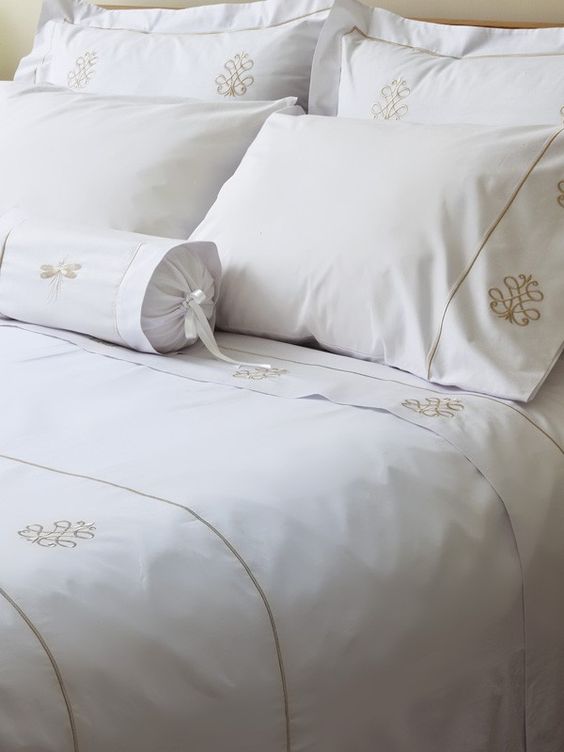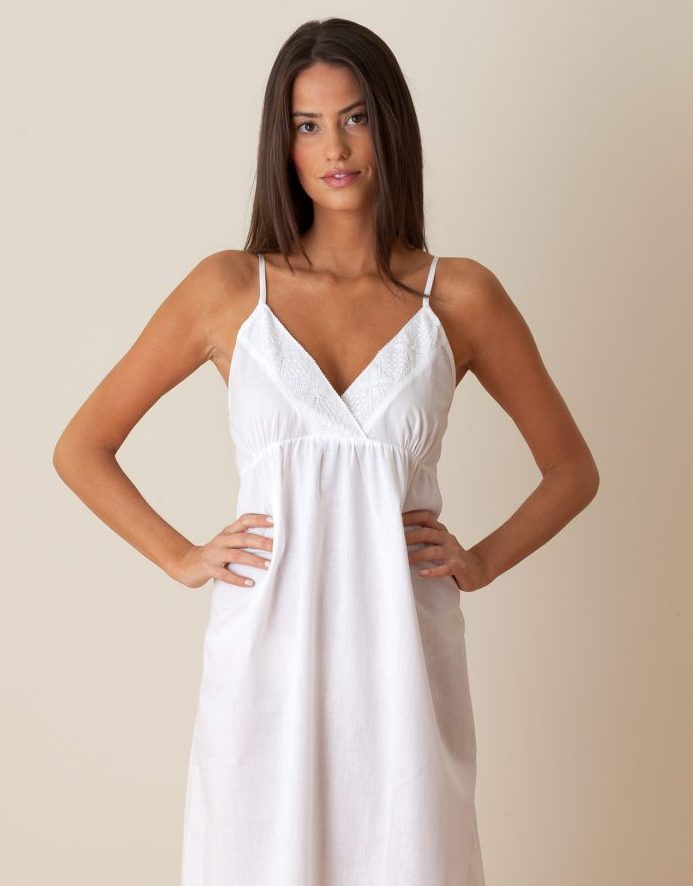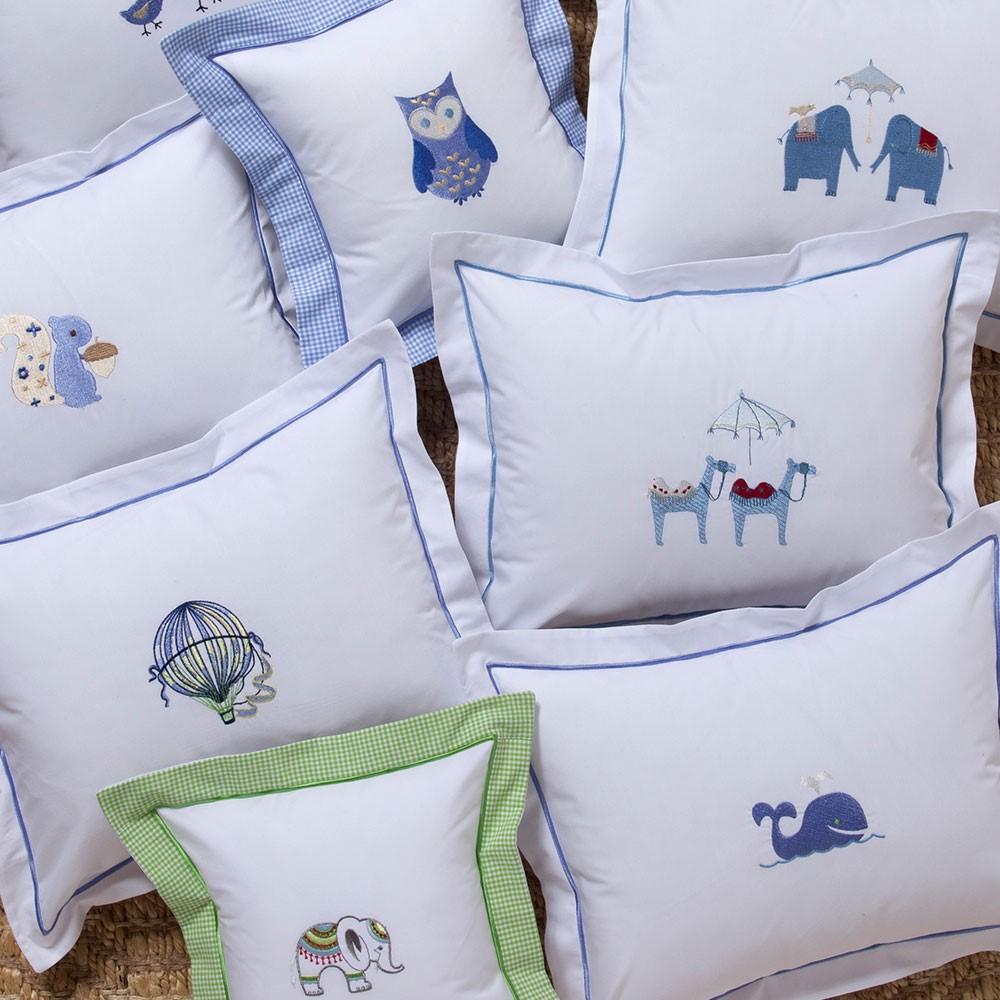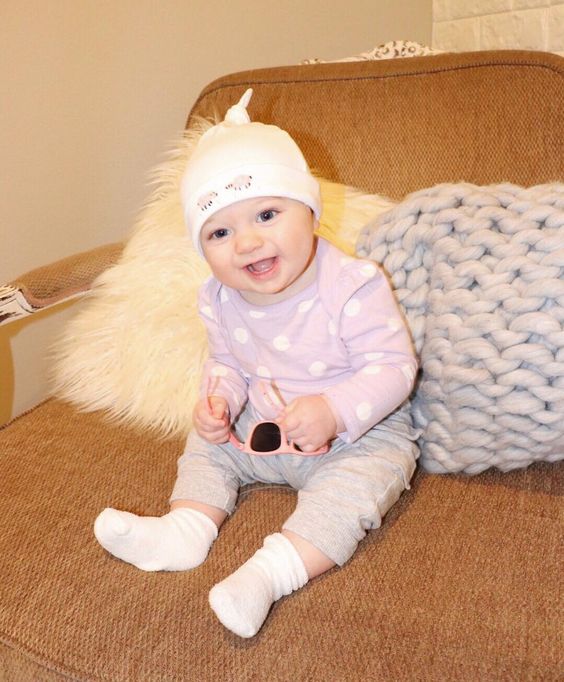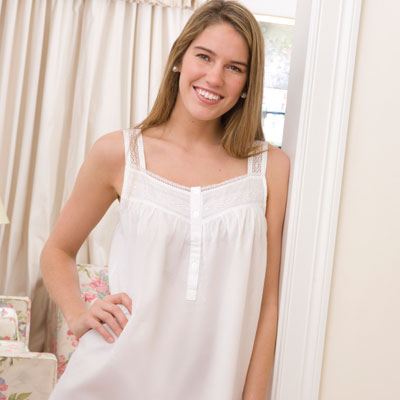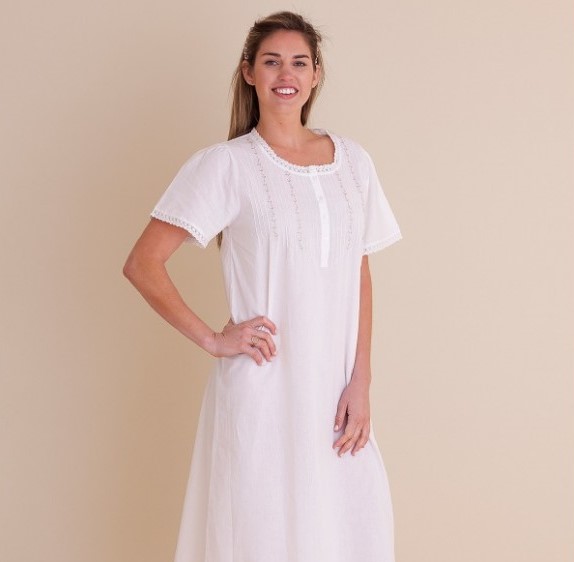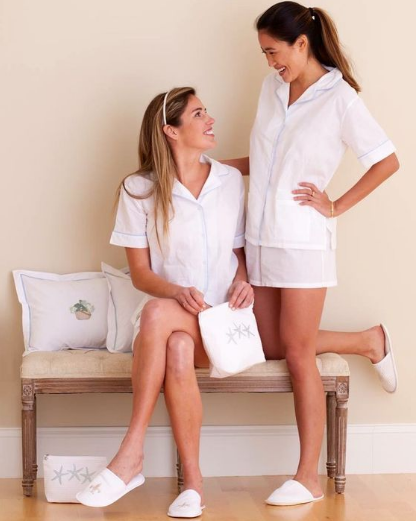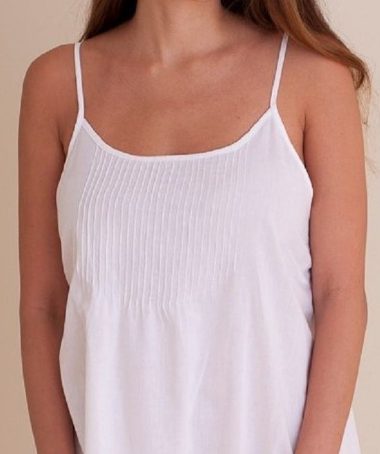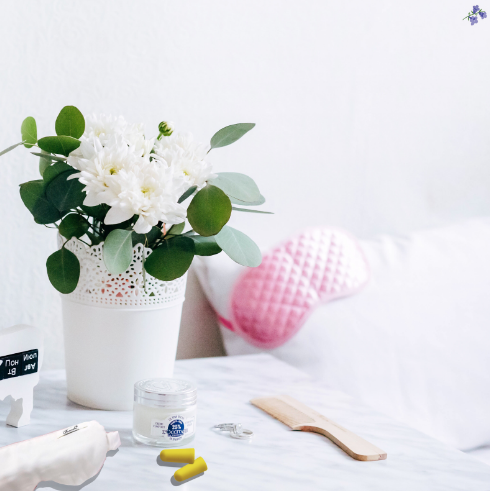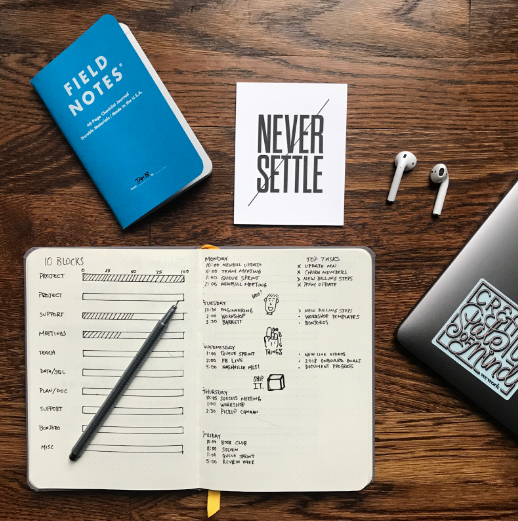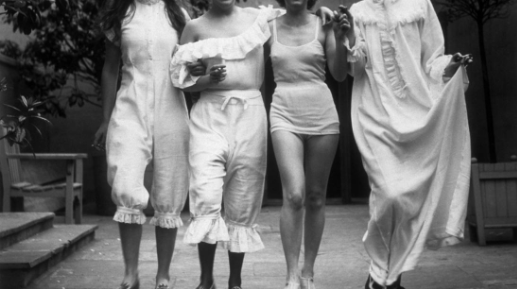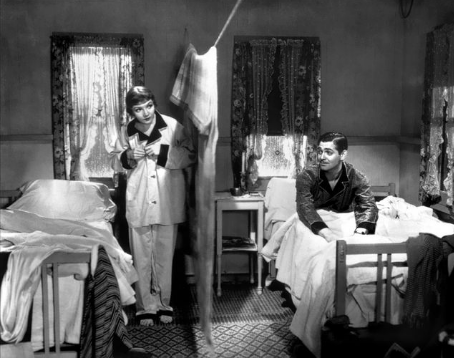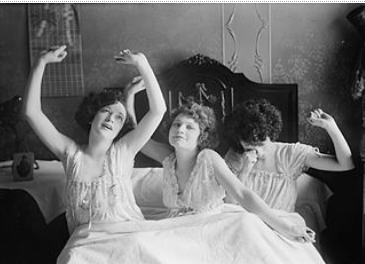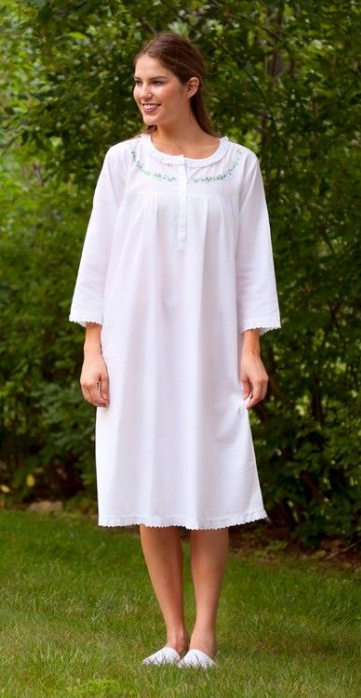No one can live without sleep, but countless Americans are trying to survive without getting enough. Getting a good night’s sleep is essential to our overall health and well-being. But what happens if we don’t get enough?
Here’s how a good night’s sleep can improve your health.
Healthy weight
It’s estimated that adults are 55% more likely to become obese when they get an improper amount of sleep. Sleeping less than seven hours per night is thought to impact the hormones that regulate your appetite, so those who suffer from insomnia may be at an increased risk of obesity or weight gain. So don’t be afraid to put on your comfiest lace nightgowns before tucking in for the night.
Healthy heart
Sleep is a necessity for a healthy heart. There has been a correlation between fewer hours of sleep and increased risk for high blood pressure and cholesterol. These symptoms can lead to even worse health issues, including heart attack and stroke without the proper intervention. It’s estimated that you should get between seven and nine hours of sleep each night, though some people might need up to ten.
Healthy memory
A good night’s sleep will make you more alert and improve your memory. Though researchers aren’t sure why we dream at night, it’s thought that sleep plays a crucial role in consolidating your memories and processing new information. REM and deep sleep also serve to create links and aid in both short-term and long-term memory.
Chronic bad sleep can cause…
With chronically bad sleep, your body won’t function as well as it should. You may notice your memory begin to falter, your mood worsens, and your sex drive may diminish. Because your body isn’t repairing itself properly, your immune system will also falter, causing you to get sick more often. Your heart will also suffer and you may be at a greater risk for diabetes and weight gain.
How to improve your sleep
Improving your sleep can be difficult since it varies from person to person. Experiment with different ways of sleeping and your preferred pajamas. Some people sleep better in longjohns while others prefer the comfort of lace nightgowns as they drift off to sleep. You might also want to install a nightlight or get blackout curtains, purchase a white noise machine, or even buy a new boudoir pillow for the peak in nighttime comfort.
When you want to have a better sleeping experience, your bedtime routine will only improve from lace nightgowns and Victorian pajamas. Visit Jacaranda Living today for the best selection in cute nightgowns, boudoir pillow covers, and Victorian pajamas.

